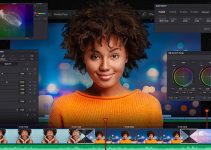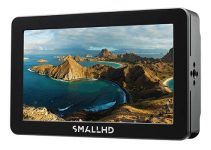DJI’s latest drone – the Avata – is not the usual for us video and photo folk. It’s an FPV drone that normally is used for exciting acrobatic aerial maneuvers though this is designed to be appealing to newcomers to the arena and seems to have decent video specs.
As we are coming from a very different background it might be nice to see how it compares to some more conventional DJI drones, such as the Mavic 3 and the Air 2S, as well as how it holds up against the original DJI FPV Drone. Illuminationsfromtheattic has us covered with a pair of videos covering image quality and drone noise.
Image Comparison
DJI sure makes a lot of drones. They are all quite different from one another, but one thing everyone seems to care about is how the images look coming out of them.
Testing the Avata, FPV, Mavic 3, and Air 2s all in the same location and with their standard settings and auto exposure we can see how all these drones perform.
Now, this is YouTube and you can see that compression is going to impact the ability to see the true capabilities. Just keep that in mind.
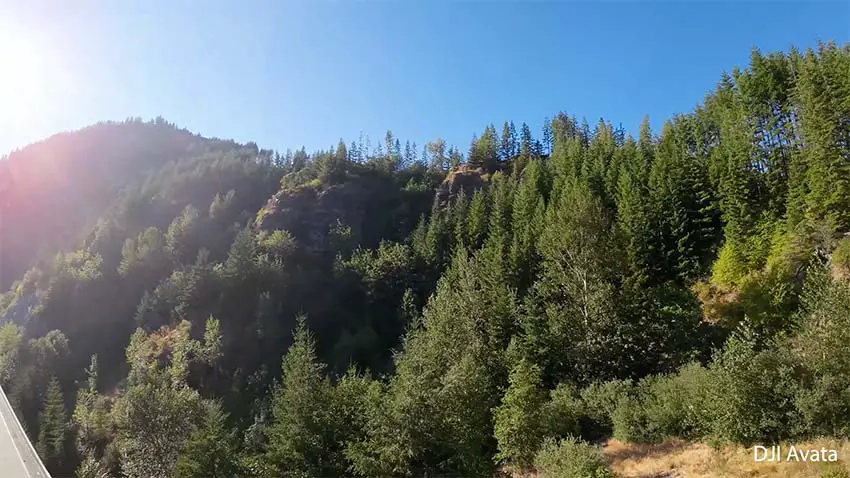
Image Credit: Illuminationsfromtheattic
First up is the newest drone—the Avata. This isn’t exactly supposed to be a drone for video alone since it is an FPV style. Still, DJI put a decent 1/1.7” sensor and support 4K on this model.
It actually looks quite good. The footage is sharp and detailed. It even handles the very high contrast of having the sun in the scene okay with auto exposure, though you are losing information in the sky and deep shadows.
In more controlled lighting it looks very good.
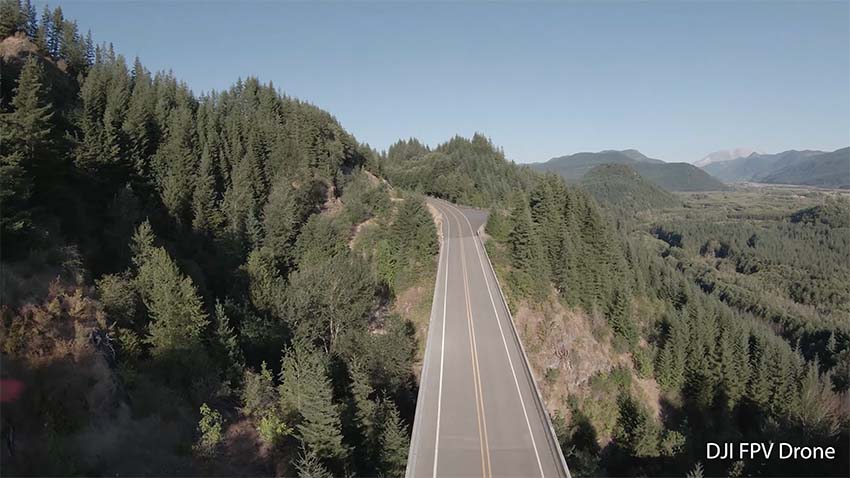
Image Credit: Illuminationsfromtheattic
Compared to the original FPV drone you are getting a huge upgrade with the Avata. The FPV was designed in a way where the propellers were actually still visible in the frame. The image also is way less contrasty and lacks detail.
The detail in the tress is making it difficult for the compressed codecs to keep up though.
Unsurprisingly the Mavic 3 seems to pull out the most dynamic range and has natural-looking colors. The lower contrast is by design it seems and you can see a lot more detail in the shadows here.
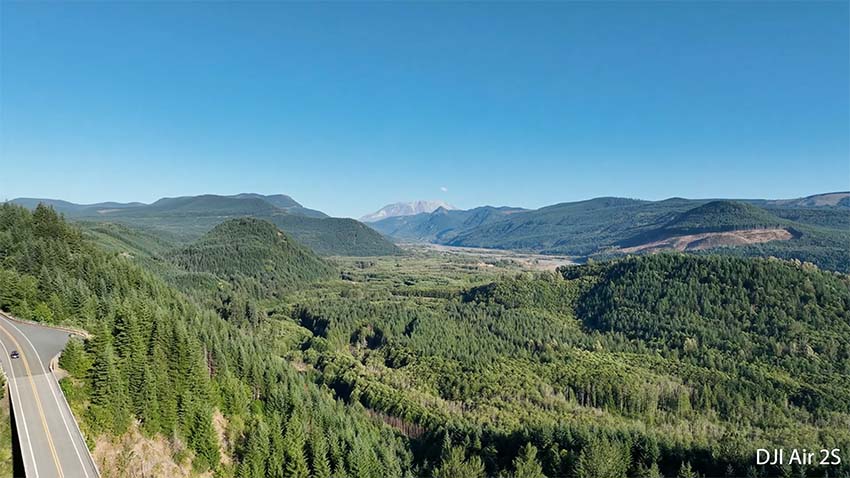
Image Credit: Illuminationsfromtheattic
The Air 2S splits the difference between the Avata and Mavic 3 with natural colors and good contrast. It comes out looking very good to your average viewer.
Noise Test
Something else that may matter to you is how loud each drone can get. It’s not only the volume to consider as the pitch of the motors and propellers can impact perceived noise.
This test starts off with the FPV Drone. It’s design is to be smaller and faster and it is quite loud. Pitch is higher but still in a manageable area.
The Avata is similar to the FPV Drone but perhaps reads as a bit louder since it has a higher, more whiny pitch.
The Mavic 3 sounds almost silent compared to the FPV offerings and the Air 2S is similar is maybe a little higher pitched.
Lots of good information in these two videos that make them worth a watch.
[source: Illuminationsfromtheattic (Image Comparison)]
[source: Illuminationsfromtheattic (Noise Test)]
Order Links:
- DJI Avata FPV Drone (B&H, Amazon)
- DJI FPV Drone (B&H, Amazon)
- DJI Mavic 3 Drone (B&H, Amazon)
- DJI Air 2S Drone (B&H, Amazon)
Disclaimer: As an Amazon Associate partner and participant in B&H and Adorama Affiliate programmes, we earn a small comission from each purchase made through the affiliate links listed above at no additional cost to you.


